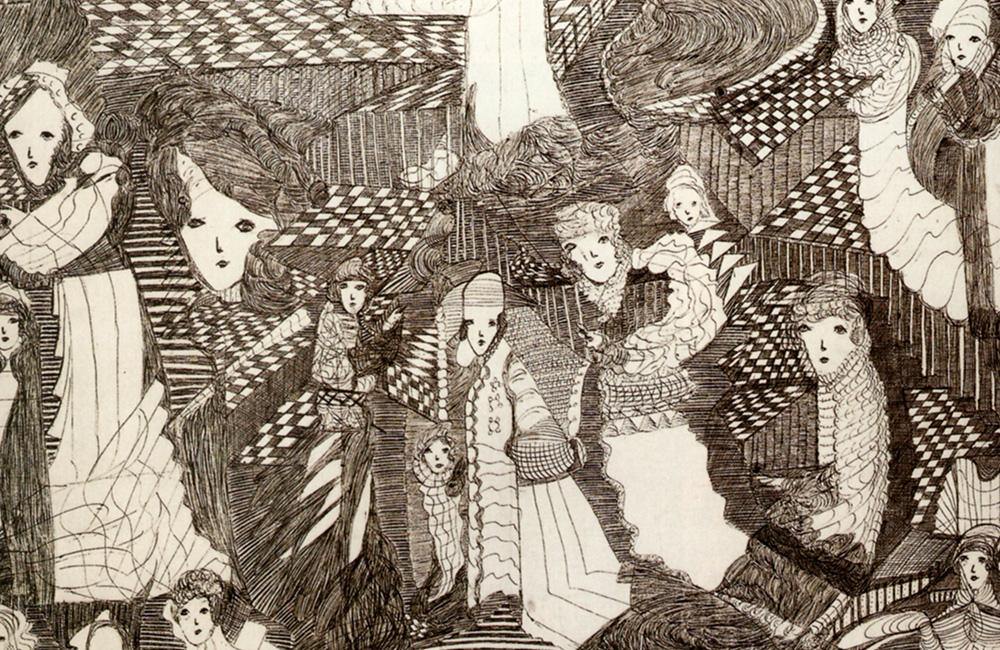First published: Summer 2002
Claude Monet's dream was 'to have been born blind and only to have acquired the sense of sight as an adult in order to see the world for the first time'. This actually happens in the case of individuals who are born blind due to congenital cataracts and are subsequently cured. But there is nothing magical about their first impressions of deeply dispiriting, unbearable chaos, splashes lacking an objective focus. In order to learn to see, they have to work hard at relating these purely photonic differences to objects from their experience of hearing, touching, etc., based primarily on the emotional value that they attached to them.

Monet's dream means that it is not the concept of a delayed and sudden acquisition of sight that is utopian, but the presumption of virginity of sight wherever it might be usefully applied.
Does this mean that we are inexorably imprisoned within a sort of perceptual or cultural solipsism that condemns us, in the guise of objectivity, to have revealed to us only our mental projections and predigested experiences? Perhaps the true role of the artist is to smash through this tautology, to forget the conventional figurative repertoire, and to initiate a vision of reality that is as yet unassigned. According to Henry Miller, 'the role of the artist is to contribute disillusion to the world', a disillusion that should not be confused with disappointment but on the contrary, is a revelation and a dismantling of the templates of reality that we use as substitutes for objective knowledge.
This is an article extract; read the full article in Raw Vision #39




